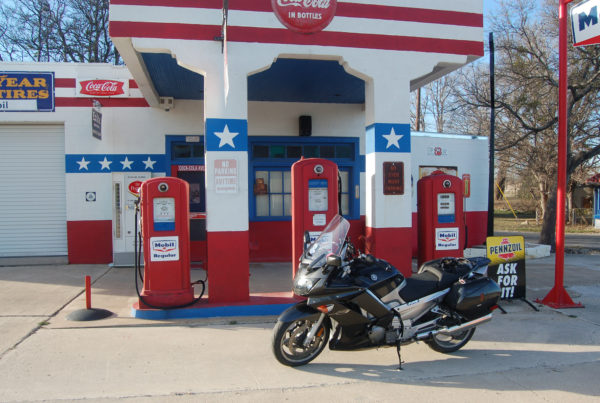From Guns & America (via KERA):
Standing in the master bathroom of his Bend, Oregon, home, Brennan Pebbles is describing the night a home intruder shot a rifle through his front window, killed his roommate, and then hunted him through his house.
After the first shot came through his living room window, Pebbles ran upstairs, grabbed his 9 mm handgun and hid in the bathroom.
He remembers hearing the broken glass crunching as the shooter made his way up the stairs looking for him.
“That to me was the moment where I was like, ‘Oh God, this is, this is life or death right now,'” recalled Pebbles.
Self-defense is the No. 1 reason Americans buy firearms. But very few people know how they’ll respond if they actually have to use their gun. And taking a life, even if it’s justified, can have a long-lasting emotional impact on a person.
Pebbles describes himself in the frenzy of the attack as being crazy.
He tried to climb on to the bathroom counter before he realized the position made no sense.
“You’re not even thinking straight because you’re shaking,” he said. “You’re terrified.”
When the man finally entered his bedroom he was six feet away. Police say Pebbles fired four times and Pebbles said he missed a few times before killing the man.
Police still don’t know why the shooter attacked Pebbles and his roommate.
Studies suggest instances like this are exceedingly rare. A 2015 study found that self-defense gun use occurs in less than one percent of all crimes when the victim and perpetrator encounter each other.
Researchers looked at more than 14,000 instances when the victim was present, what are known as “contact crimes.” After taking any defensive action – using a bat, for example – 4.2 percent of victims were ultimately injured in the attack. That’s compared to 4.1 percent of victims who were injured after using a firearm. So wielding a gun was found to be no more helpful than other defensive maneuvers.
Pebbles is the first to admit he’s no sniper. But he’s comfortable with a gun. He goes shooting about ten times a year and says when he first bought his handgun he looked around his house for blind spots and corners.
Beyond that, he said, he never imagined he’d have to use his gun.
“Was I prepared? Not really,” he said.
That night, he composed himself enough to call 911, find a safe place, and, ultimately, protect himself.
It’s Unlike Anything You’ll Ever Experience
Missing from six feet away may sound hard to believe, but if Pebbles fired four times and only hit the intruder once, research suggests that is above average, even for well-trained professionals. People who train for this situation, like soldiers and police miss.
They miss a lot.
A 2006 paper published in the journal Police Quarterly looked at New York City Police Officers’ exchange of gunfire. The researchers found officers missed 82 percent of the time when they were being shot at.
When NYPD officers are being shot at, their return fire only hits the intended target 18 percent of the time.
How is that possible?
“One of the first things the body does is, it’s called vasoconstriction,” says retired Army Lieutenant Colonel Dave Grossman. Grossman, a former Infantry officer and West Point Psychology professor, wrote a book called On Killing about the psychological cost of learning to kill.
He says adrenaline has a severe impact on your ability to do things that would normally be easy.
“The body shuts down the blood flow to the outer layer of the body in preparation to take trauma,” explained Grossman.
That’s called vasoconstriction. And it has other impacts.
“The dynamics that are happening…it’s kind of loss of fine motor control, a loss in your vision, tunnel vision, auditory exclusion,” he said.
This isn’t an adrenaline rush like that one time you went skydiving. “It’s something unlike anything you’ll ever experience,” Grossman said.
That’s why the military and police induce stress during training. Whether it’s simulated gunfire, sleep and food deprivation, or the classic drill sergeant screaming while recruits struggle to function, the idea is that trainees will be better prepared for real life situations.
It’s also why they do thousands of repetitions.















